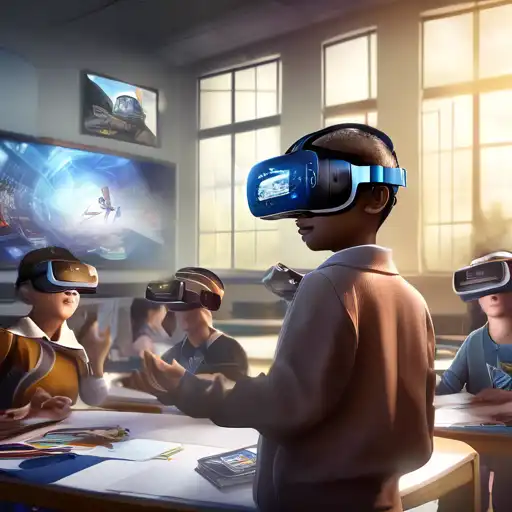Introduction to Virtual Reality in Education
Virtual Reality (VR) is transforming the educational landscape, offering immersive learning experiences that were once unimaginable. This technology is not just a tool for entertainment but a powerful educational instrument that can enhance understanding, retention, and engagement among students of all ages.
The Benefits of VR in Learning Environments
VR brings a host of advantages to the educational sector. Here are some key benefits:
- Enhanced Engagement: VR captivates students' attention like never before, making learning more interactive and enjoyable.
- Improved Retention: Immersive experiences help in better retention of information by engaging multiple senses.
- Accessible Learning: VR can simulate environments and scenarios that are otherwise inaccessible to students, such as historical events or distant planets.
- Safe Practice: It provides a safe platform for students to practice skills, from surgical procedures to mechanical repairs, without real-world consequences.
Implementing VR in Schools and Universities
Adopting VR technology in educational institutions requires careful planning and investment. Schools and universities are beginning to integrate VR into their curricula, offering students hands-on experience with this cutting-edge technology. For more insights on integrating technology in education, explore our technology in education section.
Challenges and Considerations
Despite its potential, VR in education faces several challenges:
- Cost: The initial setup and maintenance of VR equipment can be expensive.
- Training: Educators need proper training to effectively incorporate VR into their teaching methods.
- Content Availability: There is a growing need for high-quality, curriculum-aligned VR content.
The Future of VR in Education
The future of VR in education is bright, with ongoing advancements making it more accessible and effective. As technology evolves, we can expect VR to become a staple in classrooms worldwide, offering personalized and immersive learning experiences for every student.
Conclusion
Virtual Reality is ushering in a new era of education, where learning is not just about reading and listening but experiencing. By overcoming current challenges, VR has the potential to revolutionize how we teach and learn, making education more engaging, effective, and inclusive.
